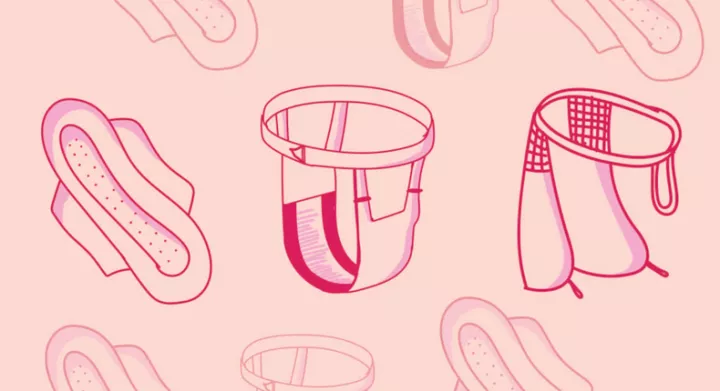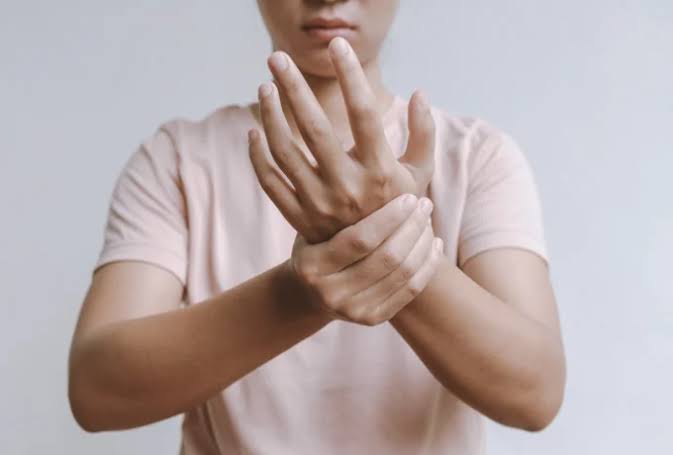How did women manage menstruation before the invention of disposable pads? For many women, getting their period each month can be uncomfortable and inconvenient.
But can you imagine what it must have been like in the past before there were modern sanitary pads and tampons? Well, women have been dealing with menstruation for centuries, and they’ve come up with some pretty ingenious ways to manage it. In the olden days, there were no disposable pads or tampons to just throw away. Instead, women relied on reusable materials that they could clean and use again. These materials would vary depending on the culture and what was readily available. Some common examples include:
1. Cloths: This was probably the most widely used method throughout history. Women would use rags, scarves, or other absorbent cloths to catch menstrual blood. They would then wash and reuse them.
2. Leaves, grass, and moss: In some cultures, women would use natural materials like leaves, grass, or moss as pads. These would be absorbent and disposable, but they wouldn’t be very comfortable.
3. Animal skins: Some cultures used animal skins, such as sheepskin or rabbit fur, as menstrual pads. These would be more absorbent than plant materials, but they would also be more difficult to clean and reuse.
As time went on, people started to develop more sophisticated menstrual products. In ancient Egypt, for example, women used papyrus reeds wrapped in linen as pads.
In medieval Europe, women might use rags or cloths stuffed with moss or wool....Read Full Article [Click Here>]
The first disposable sanitary pads were invented in the late 1800s. These early pads were bulky and uncomfortable, but they were a big step forward in terms of convenience and hygiene. They were made from materials like wood pulp or cotton wool, and they were held in place with a belt or straps.
The 20th century saw the development of more comfortable and absorbent sanitary pads. Commercial brands like Lister’s Towels and Kotex started to appear, and these pads were made with softer materials and more advanced designs.
Today, sanitary pads come in a wide variety of shapes, sizes, and absorbencies to suit different needs. There are also disposable pads with wings for extra security and pantyliners for lighter days.
Sanitary pads have come a long way since their humble beginnings, but there’s still room for improvement. Pads can be expensive, especially for women in developing countries. They can also be bulky and uncomfortable, and they can create a lot of waste.
We’ve come so far in terms of menstrual hygiene products, but there’s still work to be done to make sure that all women have access to safe, affordable, and comfortable menstrual products.





